Home>Gardening & Outdoor>Landscaping Ideas>What Kills Creeping Charlie But Not Grass


Landscaping Ideas
What Kills Creeping Charlie But Not Grass
Published: February 2, 2024
Discover effective landscaping ideas to eliminate creeping charlie without harming your grass. Learn what kills creeping charlie but not grass.
(Many of the links in this article redirect to a specific reviewed product. Your purchase of these products through affiliate links helps to generate commission for Storables.com, at no extra cost. Learn more)
Introduction
Dealing with invasive weeds can be a frustrating challenge for many homeowners and gardeners. One of the most notorious and persistent weeds is Creeping Charlie, also known as ground ivy or Glechoma hederacea. This resilient plant can quickly take over lawns, gardens, and flower beds, outcompeting grass and other desirable plants. Its rapid spread and tenacious nature make it a formidable foe for anyone striving to maintain a healthy and vibrant outdoor space.
As the battle against Creeping Charlie unfolds, it's crucial to explore effective methods for eradicating this invasive weed without causing harm to the surrounding grass and plants. Finding a solution that targets Creeping Charlie while preserving the health and integrity of the lawn is a top priority for many property owners. Fortunately, there are several approaches, including both chemical and natural remedies, that can help address this persistent weed problem.
In this comprehensive guide, we will delve into the various strategies for combating Creeping Charlie, from understanding its growth habits to identifying herbicides and natural remedies that effectively target this weed while safeguarding the well-being of the grass. By gaining a deeper understanding of the characteristics of Creeping Charlie and the available control methods, you can equip yourself with the knowledge needed to tackle this common landscaping challenge with confidence and success.
Key Takeaways:
- To get rid of Creeping Charlie without harming the grass, use selective herbicides with ingredients like 2,4-D, dicamba, or triclopyr. These target the weed while keeping the grass safe, restoring a healthy lawn.
- For a natural approach, try manual removal, vinegar solutions, borax treatments, or enhancing lawn health. These eco-friendly methods help control Creeping Charlie while promoting a resilient and thriving outdoor space.
Read more: What Is Creeping Grass
Understanding Creeping Charlie
Creeping Charlie, scientifically known as Glechoma hederacea, is a low-growing perennial weed that thrives in moist, shady areas. Recognizable by its scalloped, kidney-shaped leaves and small, funnel-shaped purple flowers, this invasive plant spreads rapidly through its creeping stems, which root at each node, enabling it to quickly colonize large areas. Its aggressive growth habit and resilience make it a formidable adversary for homeowners and gardeners striving to maintain a lush, weed-free lawn.
One of the key characteristics of Creeping Charlie is its ability to thrive in a variety of soil types and conditions, including compacted soil, making it a common sight in lawns, gardens, and landscapes. Its tolerance for shade further contributes to its widespread presence in both sunny and shaded areas, posing a challenge for property owners seeking to control its growth.
Understanding the growth habits and environmental preferences of Creeping Charlie is essential for developing effective control strategies. By gaining insight into its adaptability and reproductive mechanisms, property owners can better comprehend the challenges posed by this resilient weed and implement targeted measures to manage its spread.
In addition to its rapid lateral growth, Creeping Charlie also reproduces through seeds, adding another layer of complexity to its control. The seeds, which are contained within small, inconspicuous fruits, can remain viable in the soil for several years, contributing to the persistence of this weed in outdoor spaces.
As a result of its aggressive nature and ability to outcompete desirable plants, Creeping Charlie is often viewed as a nuisance by those seeking to maintain healthy and visually appealing landscapes. Its presence can detract from the overall aesthetic of lawns and gardens, prompting property owners to seek effective methods for eradicating this persistent weed while preserving the health and vitality of the surrounding grass and plants.
By gaining a deeper understanding of the growth patterns, environmental preferences, and reproductive strategies of Creeping Charlie, property owners can develop a targeted approach to managing this invasive weed, ultimately reclaiming their outdoor spaces from its encroaching presence.
Methods for Killing Creeping Charlie
-
Manual Removal: Hand pulling or digging out Creeping Charlie can be effective for small infestations. It's important to remove as much of the root system as possible to prevent regrowth. However, manual removal may not be practical for larger areas due to the extensive network of creeping stems and roots.
-
Mowing: Regular mowing can help weaken Creeping Charlie by removing its above-ground growth. While mowing alone may not eradicate the weed, it can hinder its ability to spread and compete with the grass.
-
Cultural Practices: Improving the health and density of the lawn through proper watering, fertilization, and aeration can help create unfavorable conditions for Creeping Charlie, making it easier for the grass to outcompete the weed.
-
Herbicide Application: Selective herbicides formulated specifically to target broadleaf weeds like Creeping Charlie can be an effective control method. These herbicides contain ingredients such as dicamba, triclopyr, or 2,4-D, which selectively kill broadleaf weeds while sparing grass. It's crucial to follow the application instructions carefully to minimize the risk to non-target plants.
-
Spot Treatment: For localized infestations, spot treatment with a selective herbicide can be a targeted and efficient approach. This involves applying the herbicide directly to the Creeping Charlie patches while avoiding contact with the surrounding grass.
-
Fall Application: Fall is an optimal time to target Creeping Charlie, as the weed translocates nutrients to its roots during this period. Applying herbicides in the fall can enhance their effectiveness in controlling the weed's growth.
-
Persistence: Given the resilient nature of Creeping Charlie, persistence is key when employing control methods. Consistent and repeated efforts, especially with herbicide applications, may be necessary to achieve long-term suppression of this weed.
By combining these methods and customizing them based on the extent of the infestation, property owners can develop a comprehensive approach to combatting Creeping Charlie while promoting the health and vigor of their lawns.
Herbicides that Kill Creeping Charlie but Not Grass
When it comes to combating Creeping Charlie, selective herbicides offer an effective solution for targeting this invasive weed while safeguarding the health of the surrounding grass. Selective herbicides are formulated to specifically target broadleaf weeds like Creeping Charlie while minimizing harm to grass species, making them a valuable tool in the battle against this persistent invader.
One of the key components found in many selective herbicides is 2,4-D (2,4-dichlorophenoxyacetic acid), a potent herbicidal compound that effectively targets broadleaf weeds while leaving grass relatively unscathed. This selective action is attributed to the physiological differences between broadleaf weeds and grasses, allowing the herbicide to disrupt the growth and development of the weed without adversely affecting the grass.
Another commonly used ingredient in selective herbicides is dicamba, a herbicidal compound known for its effectiveness in controlling broadleaf weeds such as Creeping Charlie. Dicamba works by mimicking the action of a plant growth hormone, causing abnormal and uncontrolled growth in susceptible broadleaf weeds while posing minimal risk to grasses when applied according to the manufacturer's instructions.
Triclopyr is another active ingredient found in selective herbicides that targets broadleaf weeds while exhibiting a favorable safety profile for grasses. This compound disrupts the growth processes of susceptible weeds like Creeping Charlie, leading to their eventual demise while allowing grass to thrive in the treated areas.
It's important to note that while selective herbicides are designed to minimize harm to grass, proper application is crucial to ensure their effectiveness and prevent unintended damage to non-target plants. Following the manufacturer's guidelines regarding application rates, timing, and environmental conditions is essential for achieving optimal results while preserving the health and appearance of the lawn.
When selecting a selective herbicide for targeting Creeping Charlie, property owners should consider factors such as the extent of the infestation, the grass species present, and any specific environmental considerations. Consulting with a knowledgeable professional or local extension service can provide valuable guidance in choosing the most suitable herbicidal solution for addressing Creeping Charlie infestations while maintaining the overall health and vitality of the lawn.
By leveraging the targeted action of selective herbicides, property owners can effectively combat Creeping Charlie while nurturing a thriving and resilient lawn that is better equipped to resist future weed encroachments.
Natural Remedies for Eliminating Creeping Charlie
In addition to chemical herbicides, natural remedies offer an alternative approach to combating Creeping Charlie while minimizing the use of synthetic compounds. These natural methods can be particularly appealing to property owners seeking environmentally friendly solutions or those looking to integrate organic practices into their lawn care regimen. While natural remedies may require patience and persistence, they can effectively contribute to the suppression and control of Creeping Charlie infestations.
Read more: What Kills Torpedo Grass
1. Manual Removal
Hand pulling or digging out Creeping Charlie can be a labor-intensive but environmentally friendly method for managing this invasive weed. By carefully uprooting the plants and removing as much of the root system as possible, property owners can gradually reduce the presence of Creeping Charlie in their outdoor spaces. Regular monitoring and consistent removal of new growth can help prevent the weed from spreading further.
2. Vinegar Solution
Acetic acid, commonly found in household vinegar, can serve as a natural herbicidal agent when applied directly to Creeping Charlie. The high acidity of vinegar can damage the foliage of the weed, potentially inhibiting its growth. However, it's important to exercise caution when using vinegar, as its non-selective nature can harm desirable plants if not applied with precision.
3. Borax Treatment
Borax, a naturally occurring mineral compound, has been suggested as a potential natural remedy for controlling Creeping Charlie. When applied in carefully measured quantities, borax can interfere with the weed's metabolic processes, leading to its decline over time. However, it's essential to use borax judiciously, as excessive application can have adverse effects on soil health and the surrounding vegetation.
4. Enhanced Lawn Health
Promoting the overall health and vigor of the lawn through proper cultural practices can create an environment less conducive to Creeping Charlie. Regular watering, appropriate fertilization, and adequate aeration can bolster the resilience of the grass, enabling it to better compete with and suppress the growth of the weed.
Read more: What Can Kill Grass
5. Mulch Suppression
Applying a thick layer of organic mulch in garden beds and around landscape plants can help smother and inhibit the growth of Creeping Charlie. By depriving the weed of light and impeding its ability to spread, mulch can serve as a natural barrier to the encroachment of this invasive plant.
While natural remedies offer environmentally conscious alternatives for managing Creeping Charlie, it's important to approach their use with careful consideration and awareness of potential limitations. Property owners should assess the extent of the infestation, environmental factors, and the specific characteristics of their outdoor spaces when determining the most suitable natural remedies for addressing Creeping Charlie. By integrating natural methods with other control strategies, property owners can work towards achieving a balanced and sustainable approach to managing this persistent weed.
By incorporating natural remedies into their weed management practices, property owners can contribute to the long-term health and resilience of their outdoor spaces while minimizing the reliance on synthetic chemicals.
Conclusion
In the battle against Creeping Charlie, property owners and gardeners are confronted with the challenge of eradicating this resilient weed while preserving the health and vitality of their lawns and outdoor spaces. The invasive nature of Creeping Charlie, characterized by its rapid lateral spread and ability to thrive in diverse environmental conditions, underscores the importance of implementing effective control methods tailored to its unique growth habits.
From manual removal and cultural practices to the targeted application of herbicides and the integration of natural remedies, a multifaceted approach is essential for managing Creeping Charlie infestations. Each method offers distinct advantages and considerations, allowing property owners to customize their weed management strategies based on the specific characteristics of their outdoor spaces and their individual preferences.
Selective herbicides containing active ingredients such as 2,4-D, dicamba, and triclopyr provide a targeted and efficient means of controlling Creeping Charlie while minimizing harm to the surrounding grass. When applied according to the manufacturer's instructions, these herbicides can effectively suppress the growth of the weed, contributing to the restoration of a healthy and vibrant lawn.
Natural remedies, including manual removal, vinegar solutions, borax treatments, and enhanced lawn health practices, offer environmentally friendly alternatives for property owners seeking to minimize the use of synthetic chemicals. By integrating these natural methods with other control strategies, property owners can work towards achieving a balanced and sustainable approach to managing Creeping Charlie, ultimately promoting the long-term health and resilience of their outdoor spaces.
In the pursuit of a Creeping Charlie-free lawn, persistence and vigilance are key. Consistent monitoring, timely intervention, and a proactive approach to weed management are essential for preventing the resurgence of this persistent invader. By staying attuned to the unique needs of their outdoor spaces and implementing targeted control measures, property owners can reclaim their lawns from the encroachment of Creeping Charlie, fostering a landscape that is both visually appealing and ecologically balanced.
As property owners navigate the complexities of weed management, including the challenges posed by Creeping Charlie, they are empowered to make informed decisions that align with their goals for a healthy and thriving outdoor environment. By leveraging a combination of effective control methods and a deep understanding of the growth habits of Creeping Charlie, property owners can embark on a journey towards a resilient and vibrant lawn that is better equipped to resist the encroachment of invasive weeds.
In conclusion, the battle against Creeping Charlie is a multifaceted endeavor that calls for a strategic and holistic approach. By drawing upon a diverse toolkit of control methods, property owners can effectively address Creeping Charlie infestations while nurturing a landscape that embodies the beauty and resilience of a well-tended outdoor space.
Frequently Asked Questions about What Kills Creeping Charlie But Not Grass
Was this page helpful?
At Storables.com, we guarantee accurate and reliable information. Our content, validated by Expert Board Contributors, is crafted following stringent Editorial Policies. We're committed to providing you with well-researched, expert-backed insights for all your informational needs.
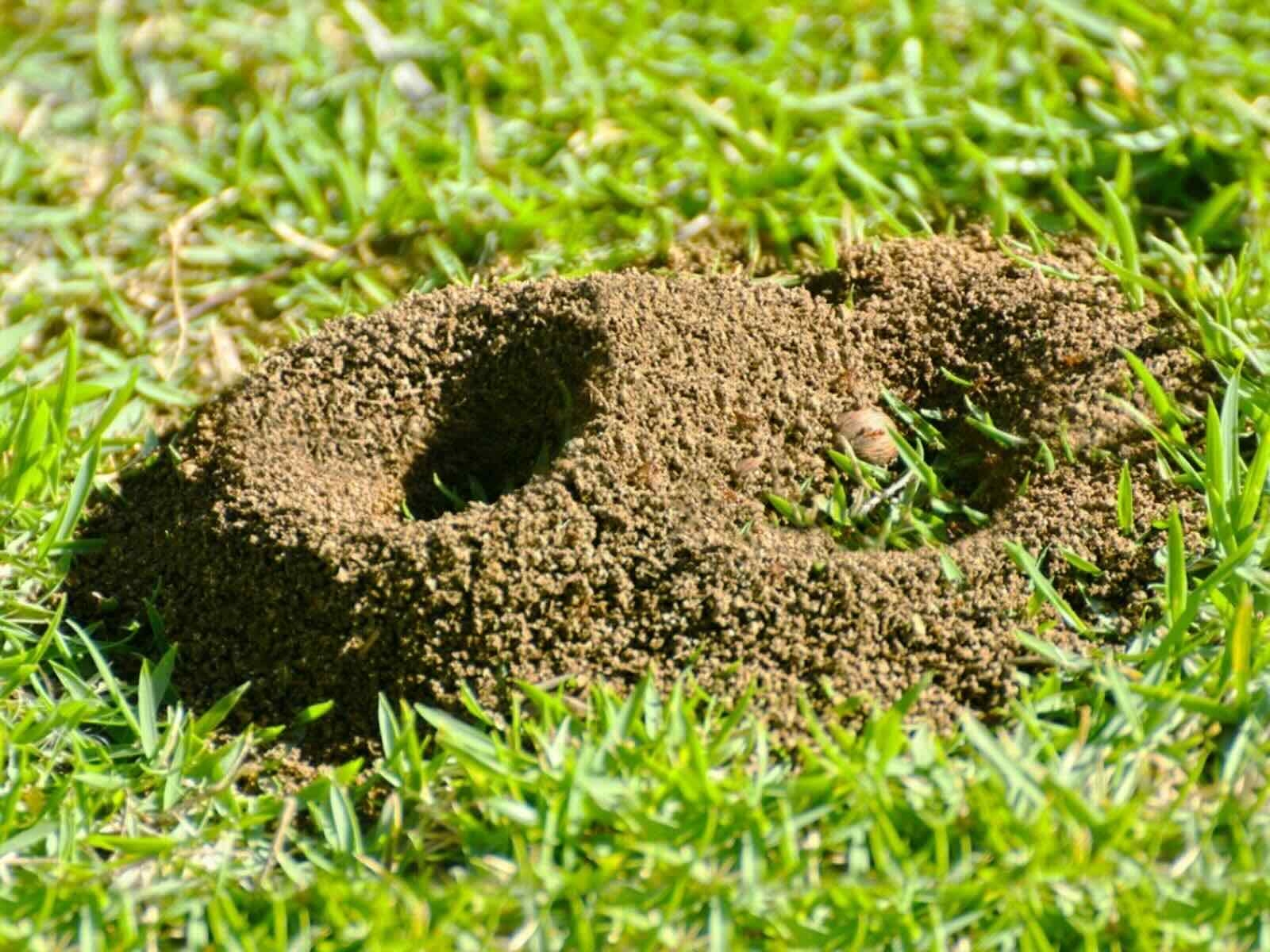
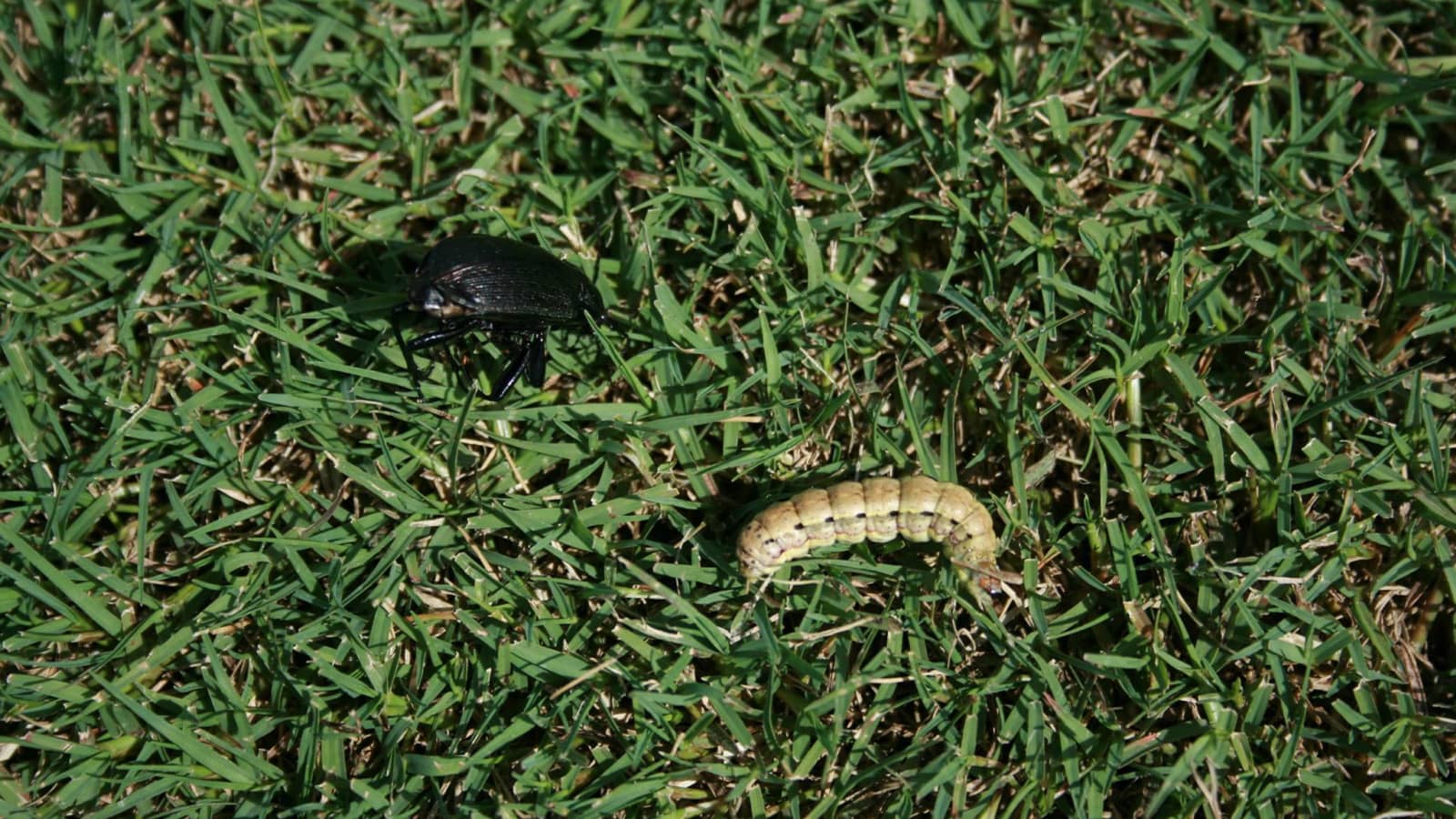
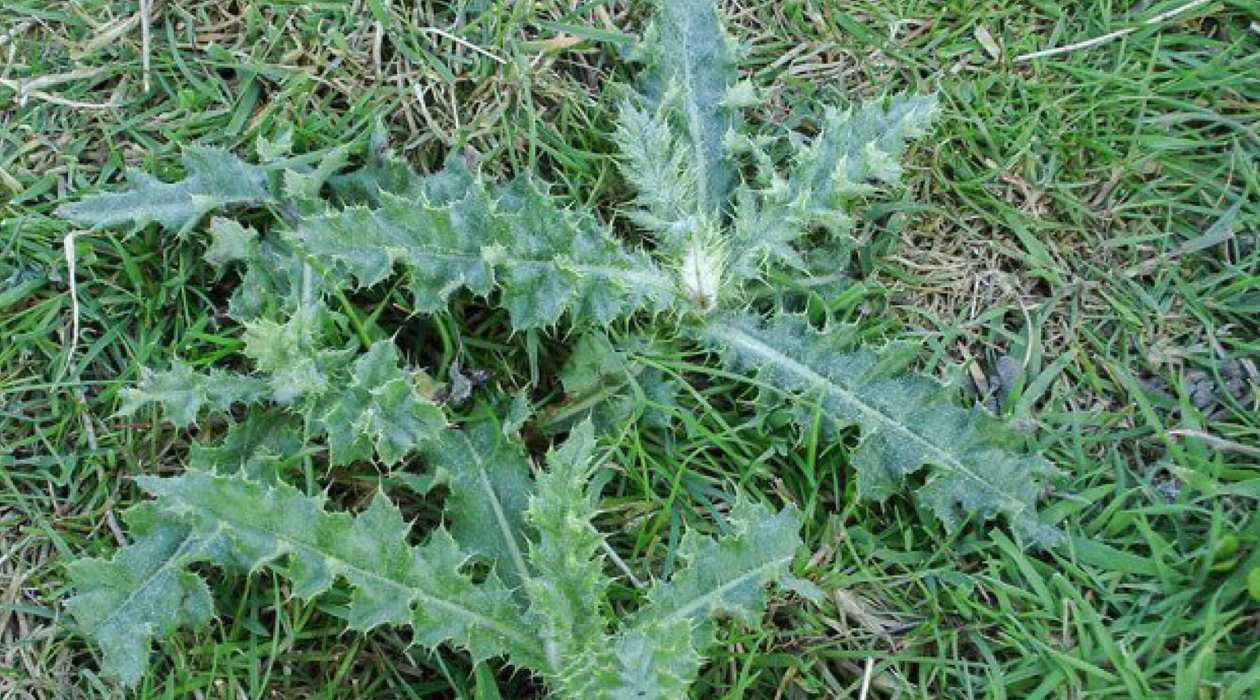
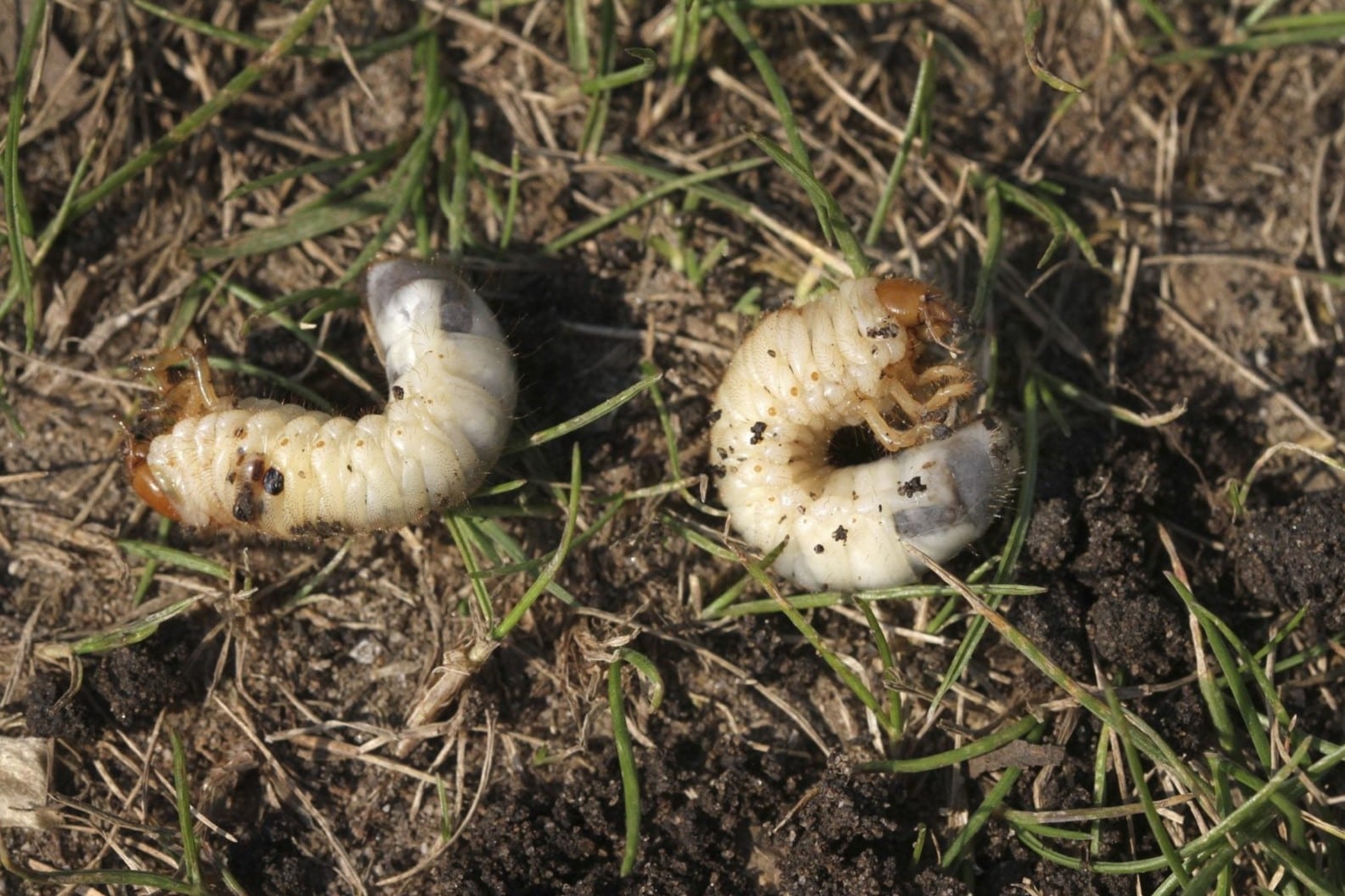
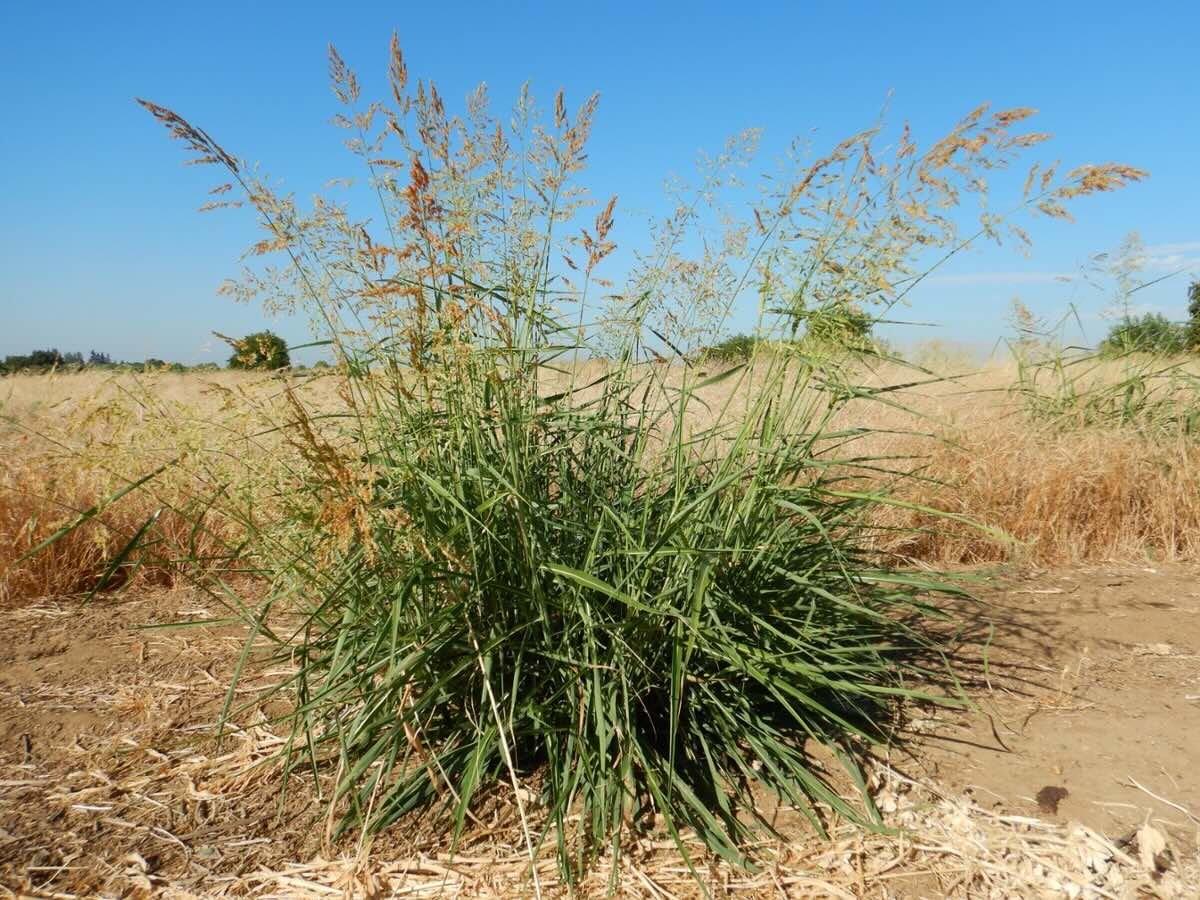
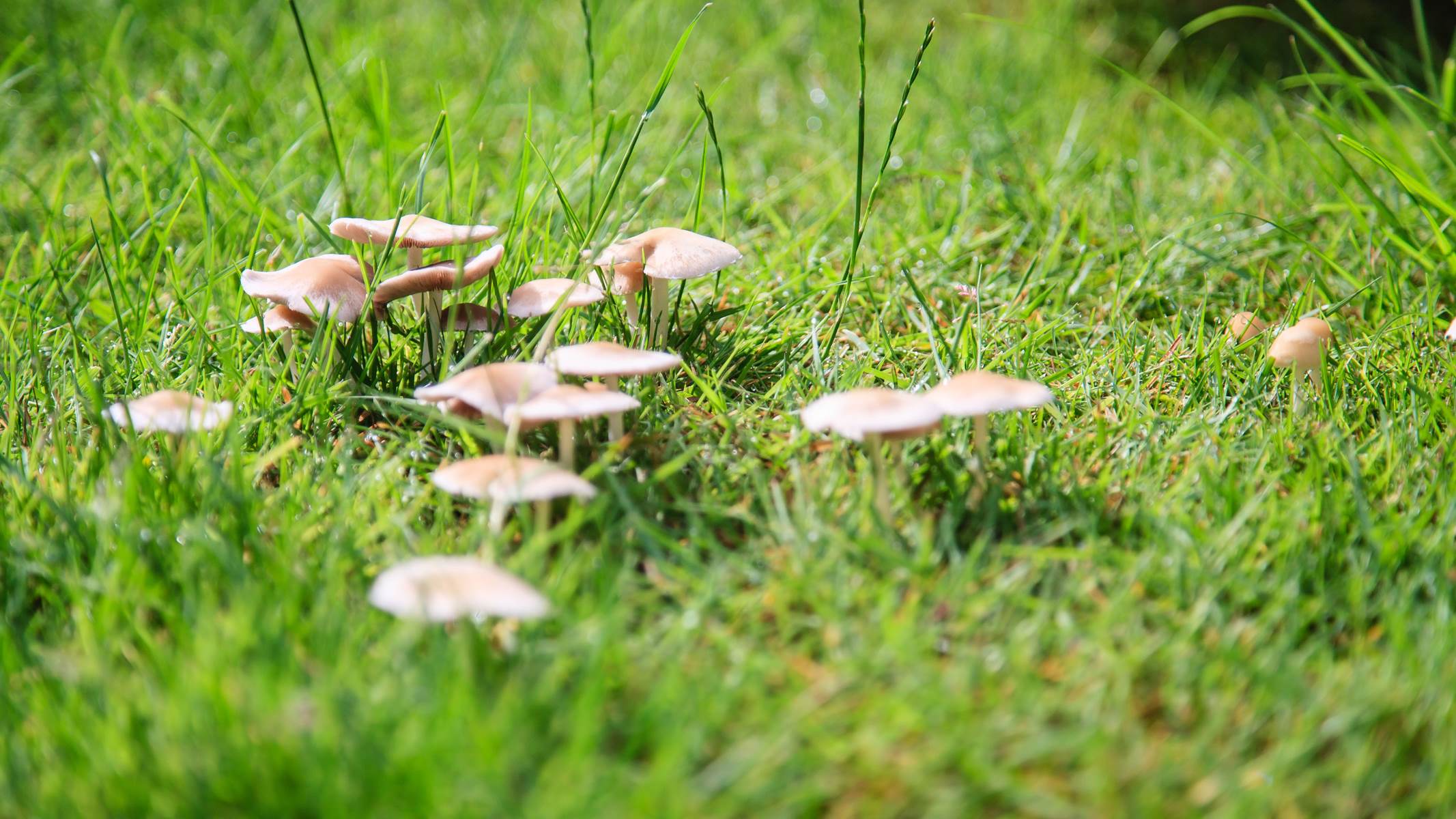
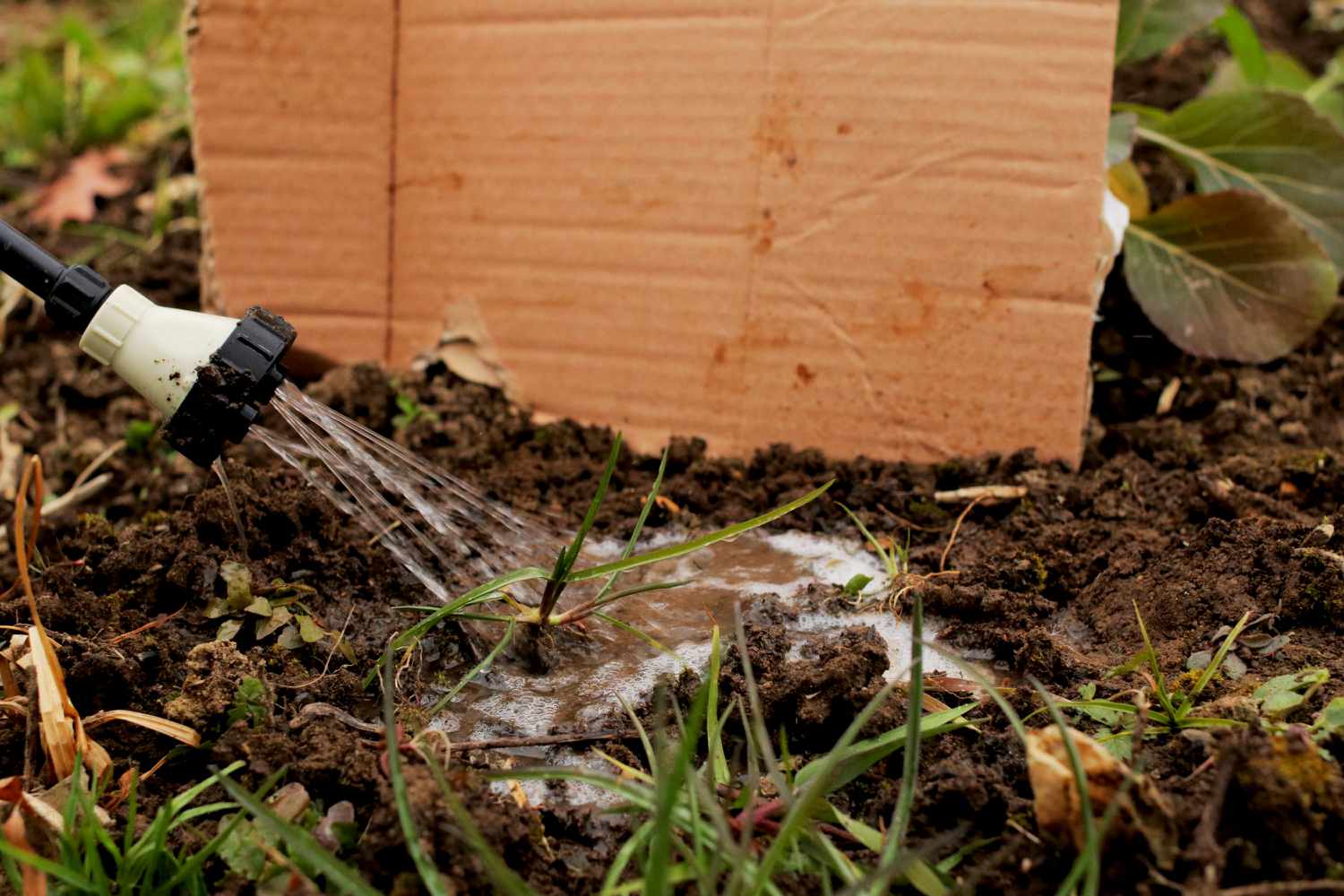
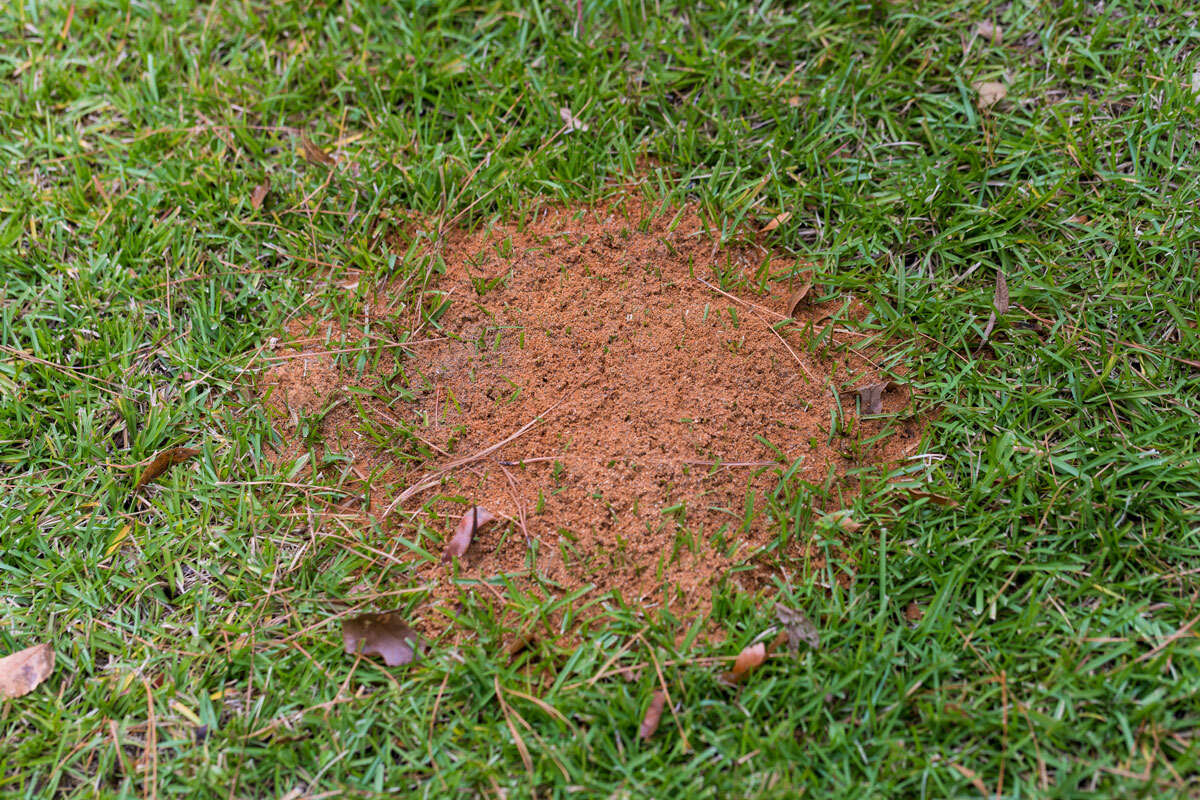
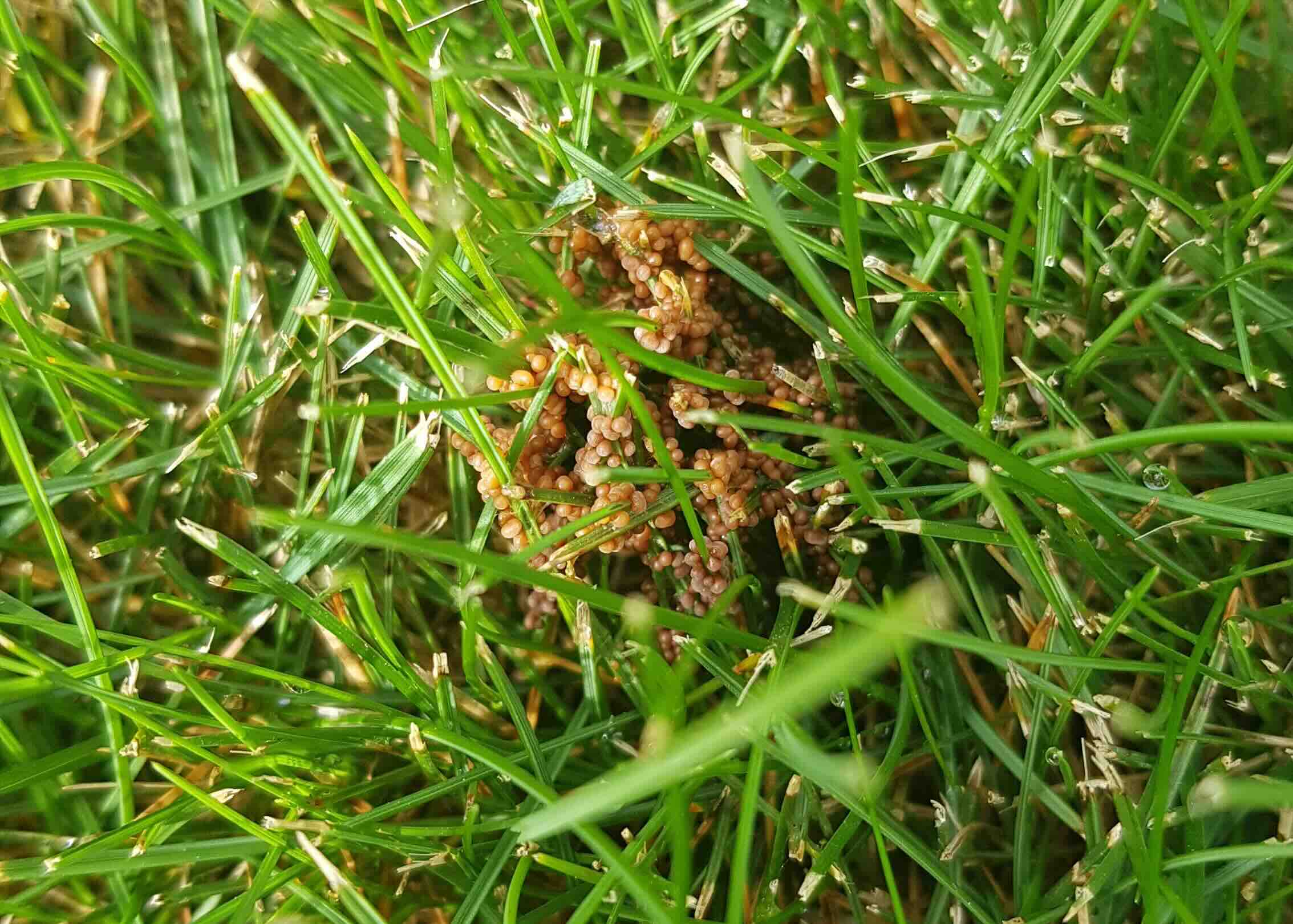
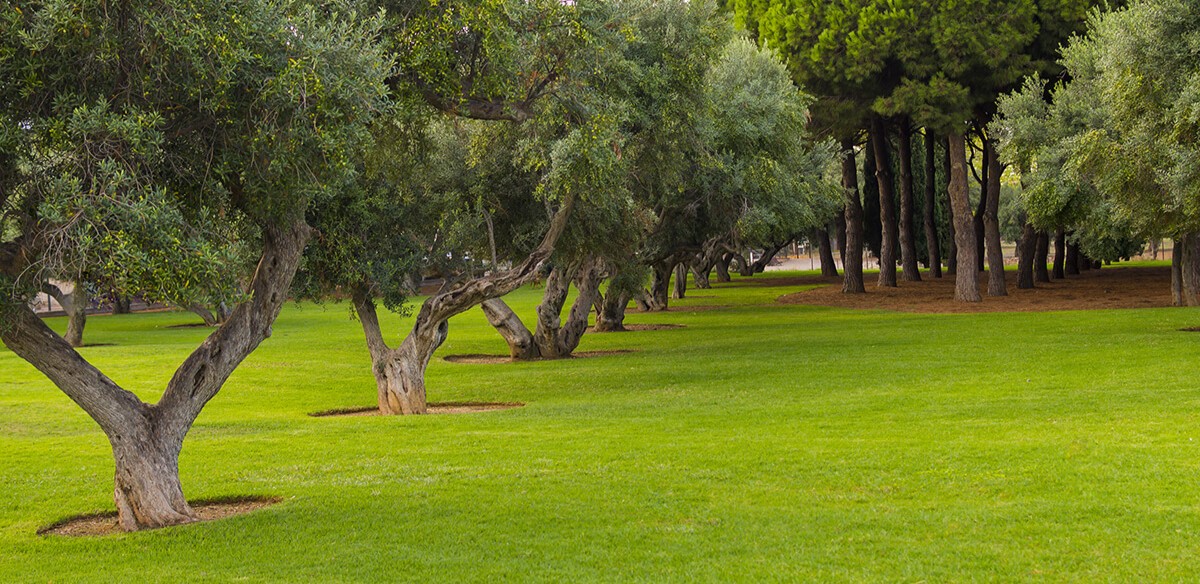

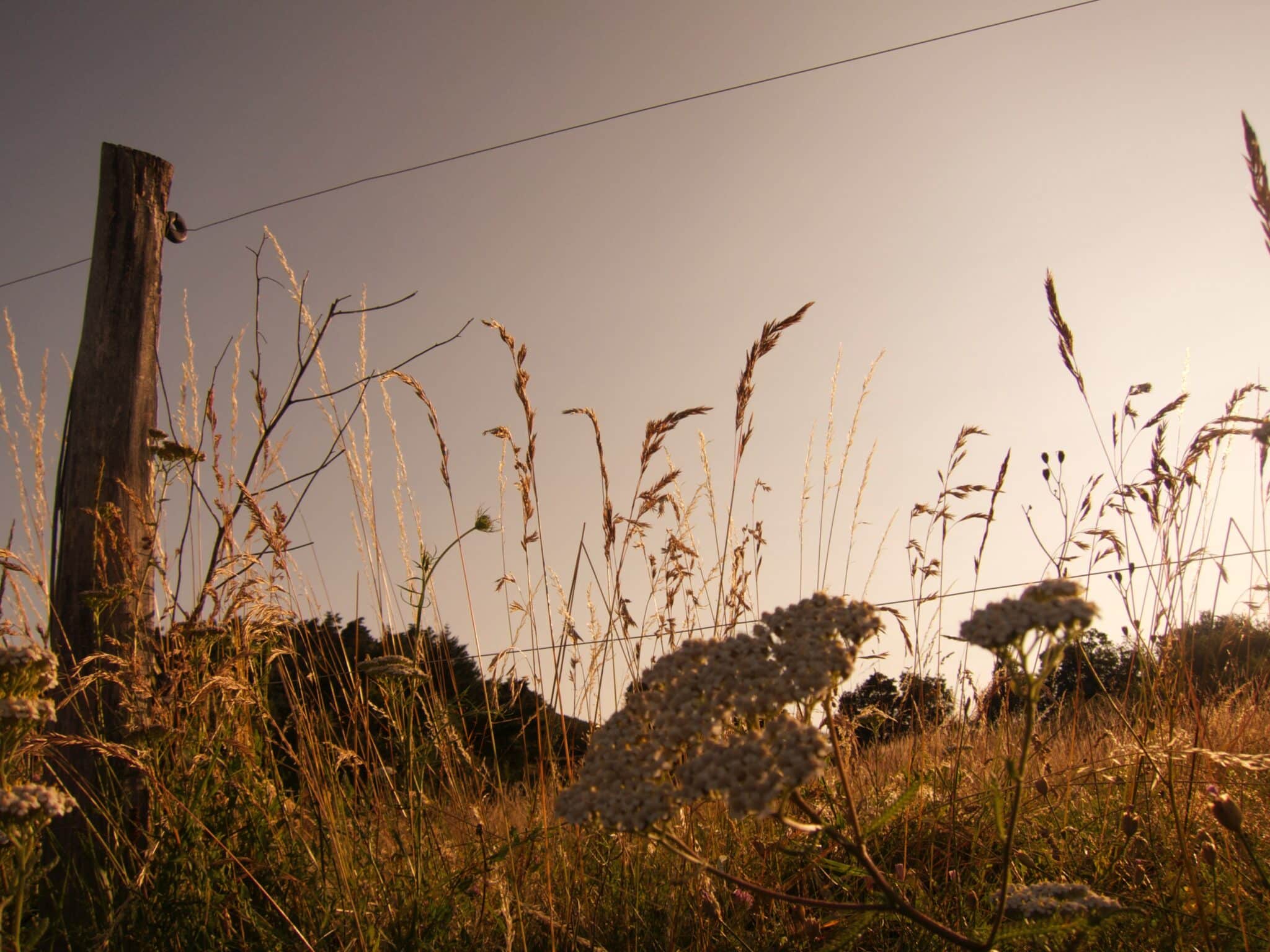
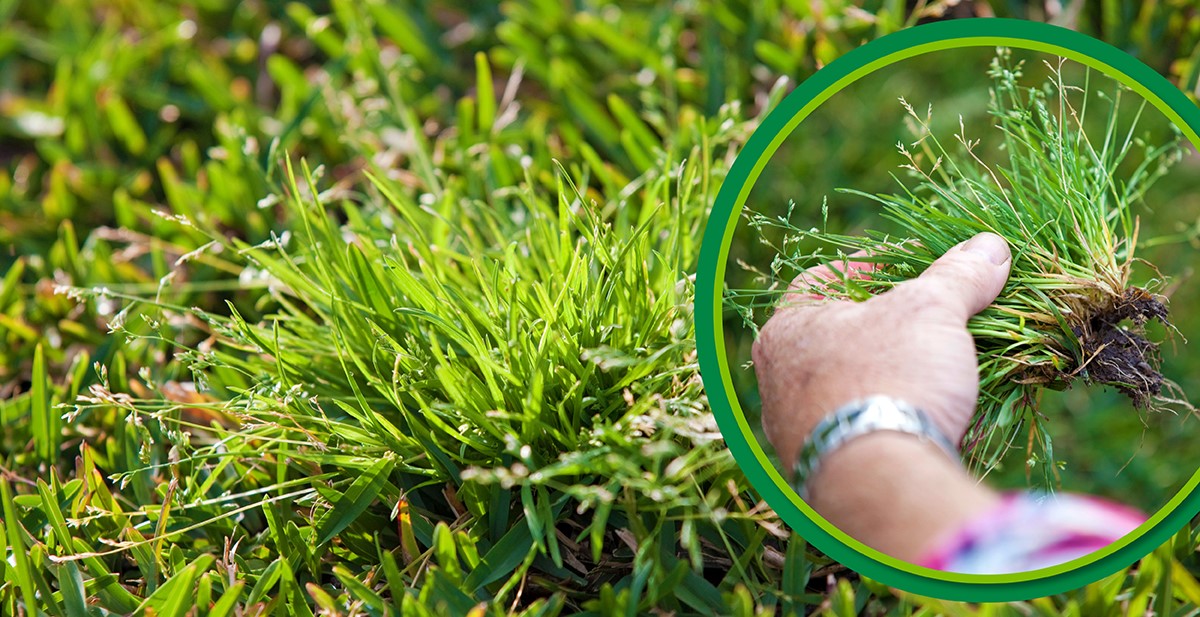

0 thoughts on “What Kills Creeping Charlie But Not Grass”